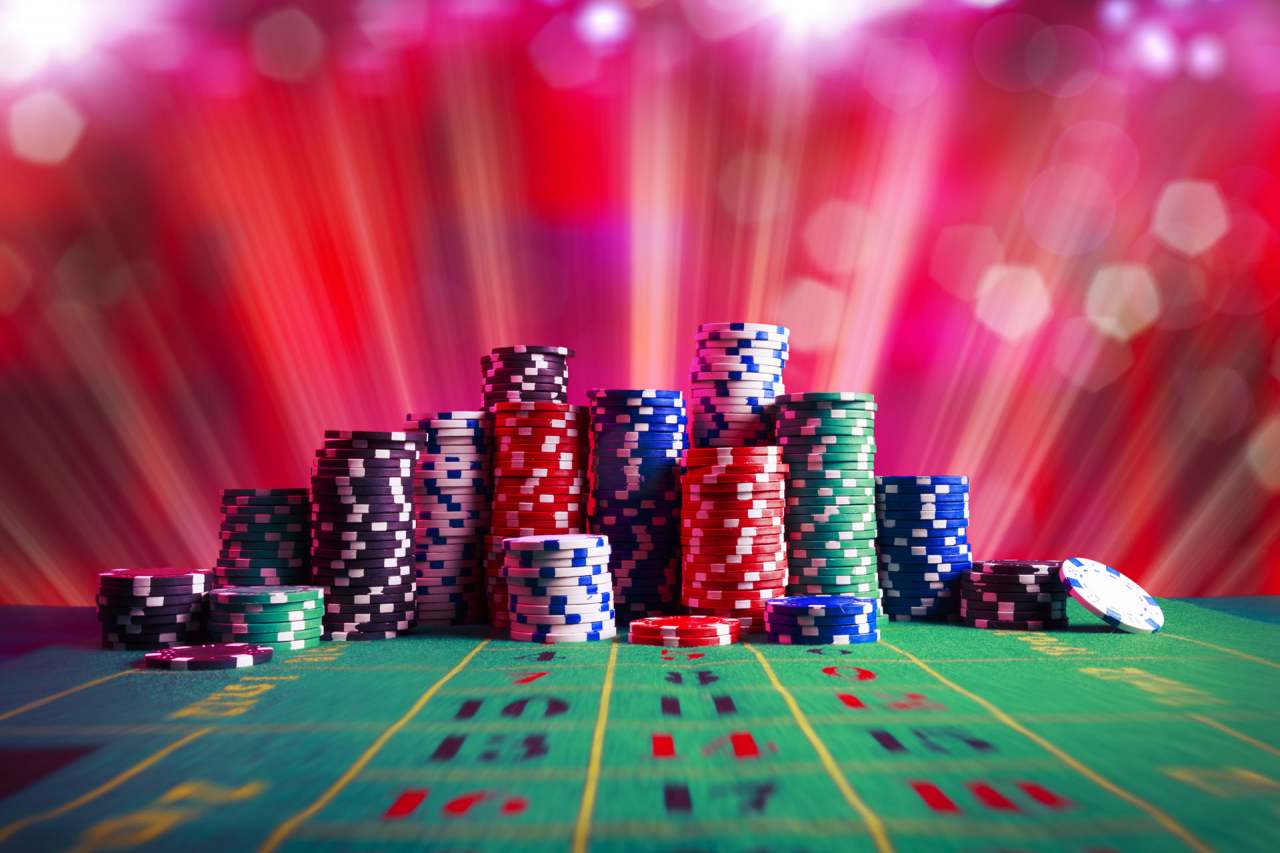
In a lively and thrilling world of gaming establishments, where luck and strategy intertwine, hues and design play a pivotal role in drawing in players. As soon as visitors step into a casino or access a gaming website, they are immersed in a sightly feast that grabs their attention and entices them to explore further. Bright colors, engaging graphics, and creative layouts are meticulously crafted to create an atmosphere of excitement and expectation, ultimately improving the gaming experience.
While gamblers navigate through the ever-changing landscape of casino games, they come across a variety of designs that not only serve visual purposes but also affect feelings and decision-making. Hues like red and yellow symbolize riches and fortune, while soothing blues and emeralds can create a much tranquil environment. Understanding how these elements work together enables casinos to create an inviting and stimulating atmosphere that encourages players to engage with the games, spend more time at the tables, and boost their overall enjoyment.
The Psychology of Hue in Gambling Games
Hue plays a crucial role in the design of casino games, shaping players’ emotional states and behaviors. Lively and bold shades, such as crimson and amber, are often used to stimulate excitement and attract attention. These colors create a sense of pressure and energy, encouraging gamblers to participate more eagerly with the activity. By thoughtfully selecting hues, creators aim to inspire feelings of pleasure and expectation, which can enhance the overall gaming experience.
Distinct shades also have psychological connotations that can affect how gamblers perceive their possibilities of winning. For instance, lime is frequently associated with luck and prosperity, making it a popular choice in games like roulette and poker setups. This association can result players to feel more optimistic and self-assured in their gaming, ultimately motivating them to stake more. Comprehending these links allows game developers to craft environments that enhance player happiness and engagement.
Moreover, the interface of gaming interfaces often uses color gradients and differing shades to guide players’ responses. xin88 For example, successful combinations may be accentuated with vivid, opposing colors, creating a visual cue. This approach strengthens successful results and supports repeated gameplay. By utilizing color psychology, gambling establishments can develop games that not only captivate participants but also maintain them involved and committed in their play experience.
Creative Elements that Engage Players
The aesthetic appeal of gambling games is primarily influenced by the use of bold colors. Bright and contrasting colors are deliberately chosen to create an inviting atmosphere that grabs attention. For example, reds and golden hues often signify good fortune and wealth, which is why they are common in the color schemes of gaming machines and table surfaces. These colors not only attract players in, but they also evoke emotions associated with thrill and anticipation, enhancing the total gaming experience.
In parallel to color, the design and organization of gambling games play a significant role in player attraction. Games are designed to be user-friendly, ensuring that players can quickly understand the guidelines and mechanics. Accessible interfaces, along with captivating graphics and motion, help maintain gamer interest and encourage longer play sessions. The physical elements, such as the texture of the controls and the sounds of the games, also contribute to a holistic sensory experience that keeps players engaged.
Finally, conceptual elements in game design can significantly influence gaming decisions. Many casino games are inspired by popular culture, myths, or exploration motifs, featuring symbols and characters that connect with players. These themes create a sense of engagement and connection, making each game feel distinct. When players feel a bond to the theme, they are more likely to opt for that game over others, leading to increased participation and excitement within the gambling environment.
Case Studies: Successful Casino Table Game Designs
One noteworthy example of impressive casino game design is the acclaimed slot machine series based around hit movies. Games such as those based on the Wizard of Oz and Game of thrones utilize vibrant colors and high-quality graphics to enthrall players in well-known narratives. The employment of dynamic visuals and entertaining sound effects takes the attention of players, building an emotional connection to the theme. This tactic not just encourages longer play but also enhances the overall gaming experience, leading to increased player retention.
Another notable case is the use of color in table games like 21 and roulette. Casinos often create these games with rich reds and greens, colors traditionally connected with luck and wealth. For instance, the green felt on a 21 table provides a soothing effect, while the crimson accents in roulette invite excitement. This thoughtful use of color helps to establish an inviting atmosphere that motivates players to participate, fulfilling their psychological impulses and enhancing their enjoyment. hướng dẫn xin88
Finally, online casino games that incorporate social features and lively, colorful designs have seen remarkable success in engaging players. Games like Zynga Poker and Slot-O-Mania leverage vivid colors and playful animations to establish an inviting online environment. The addition of leaderboards, social sharing options, and in-game rewards fosters competition and community, drawing players in for longer sessions. Such designs not just make the games visually appealing but also highlight social interaction, a key factor in player retention and engagement within digital casino environments.